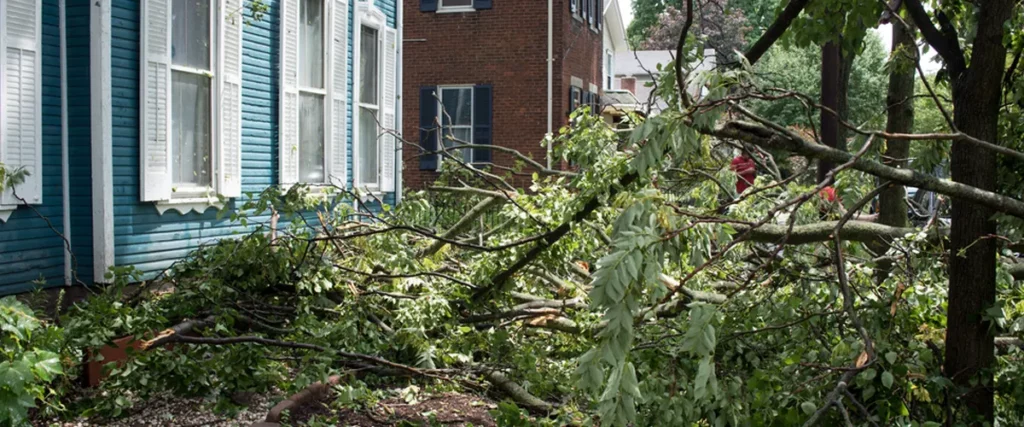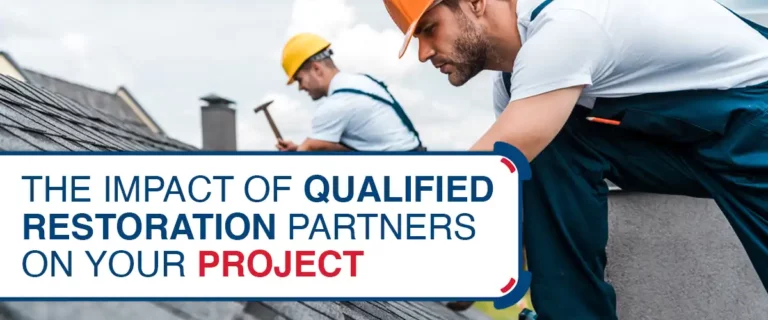As a homeowner, protecting your investment is of utmost importance. When unforeseen events like windstorms or water-related incidents occur, knowing how to navigate insurance claims can make all the difference in ensuring a smooth recovery process. In this comprehensive guide, we’ll delve into the critical differences between wind damage and water damage and provide you with essential insights to consider when filing an insurance claim.

Understanding Wind Damage
Wind damage refers to the destruction caused by strong winds, such as hurricanes, tornadoes, and severe storms. These events can lead to a variety of issues, including:
· Roof damage
High winds can lift shingles, tiles, or even sections of the roof, exposing your home to leaks and further damage.
· Fallen trees and branches
Trees can fall onto your property, causing structural damage to your home, fences, or other structures.
· Broken windows
Strong winds can shatter windows, leading to water infiltration and potential interior damage.
· Debris impact
Wind-driven debris can cause dents, holes, and cracks in your siding, roof, and exterior surfaces.

Addressing Water Damage
Water damage encompasses various scenarios, such as floods, burst pipes, and leaks. It can result in significant issues, including:
· Structural damage
Water can weaken the foundation, walls, and floors of your home, compromising its stability.
· Mold growth
Excess moisture can lead to mold infestations, which pose health risks and require expensive remediation.
· Interior damage
Water can ruin your belongings, furniture, and flooring, necessitating replacements and repairs.
· Electrical hazards
Water exposure can lead to electrical malfunctions, creating dangerous situations within your home.

Filing an Insurance Claim: What to Know
When it comes to filing an insurance claim for wind or water damage, there are key distinctions to consider:

Wind Damage Claims
- Document the damage: Take clear photographs and videos of the affected areas, capturing the extent of the destruction.
- Roof inspection: Have a professional inspect your roof for hidden damage that might not be immediately visible.
- Obtain repair estimates: Get multiple quotes from reputable contractors to ensure an accurate estimate for repairs.
- Review your policy: Understand your insurance policy’s coverage for wind damage, including deductibles and limitations.

Water Damage Claims
- Mitigate further damage: Take immediate steps to prevent additional water infiltration and damage. This might include placing tarps, sealing leaks, or shutting off the water supply. Tapping water cleanup services in Kansas City can be an option to steer clear of electrical short circuits and mold issues in the future.
- Document the process: Record your actions to demonstrate your efforts to mitigate damage and protect your property.
- Contact professionals: Consult water damage contractors in Kansas City to assess the extent of the damage and provide repair estimates.
- Review your policy: Familiarize yourself with your policy’s coverage for water damage, including any exclusions or limitations.
Navigating insurance claims for wind damage and water damage can be complex, but understanding the differences between the two types of damage is crucial. By recognizing the unique challenges posed by each scenario and taking appropriate actions, you can ensure a smoother and more effective claims process. Remember, documenting the damage, seeking professional assessments, and reviewing your insurance policy are key steps in maximizing your claim’s success.
As a homeowner, being proactive and well-informed is your best defense against unexpected damage. Whether it’s windstorms or water-related incidents, knowing how to proceed with your insurance claim can provide you with peace of mind during challenging times.








